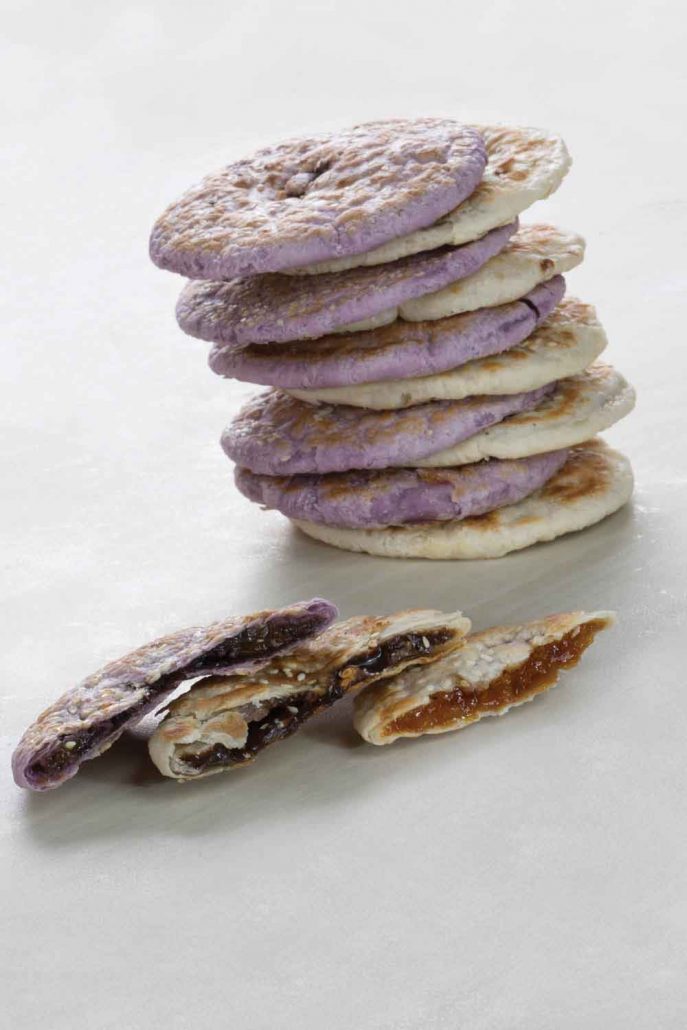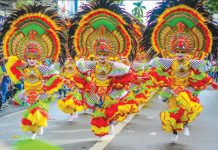
BY DOMINIQUE GABRIEL G. BAÑAGA
ASIDE from the MassKara Festival, Bacolod City is also well-known for its culinary arts.
Piaya, a muscovado-filled unleavened flatbread, has become one of the identifying marks of this city when talking about delicacies.
Recently, I was given the chance to experience first-hand some of the city’s best when it comes to food, as well as the opportunity to see how these are prepared.
Merzci’s ‘Piaya Land’
My first food trip was to Merzci’s new plant in the city’s Barangay Vista Alegre.
Femmy Lee Magbanua, Merczi’s public relations and marketing head, said the plant opened in 2017 and they called it their “Piaya Land.”
Aside from the factory that produces Bacolodnon pasalubong favorites such as the Piaya, the property also has a massive visitor center.

The building, however, is still incomplete; they were forced to halt construction in 2020 due to the COVID-19 pandemic.
Once completed, the visitor center would accommodate students on field trips or tourists who would be shopping for pasalubong before returning home.
As the pandemic winds down and visitors are again flocking to the city, the company is eyeing new plans for “Piaya Land” such as making it into a water park.
Merzci’s “Piaya Land” plant is currently one of the biggest factories in Negros Island, with tourists having the opportunity to see for themselves how the famous Piaya, Biscocho, and Butter Scotch are made.
Piaya
I got the opportunity to see how Merzci’s top seller, the Piaya, is made.

According to Magbanua, they currently have three flavors: the original muscovado, ube and mango.
During my visit, however, the plant only produced the original and ube flavors, pointing out that mango fruit is currently difficult to source as it is seasonal.
Ingredients for making the dough are carefully mixed, and they always follow precise measurements.
Once the dough is ready, it is fed to a machine with a set of rollers inside. As the dough comes out of the machine, another device constantly drops either the muscovado or ube filling onto the dough, before it is rolled by a single large rolling pin to enclose the filling inside the dough.
The Piaya dough then goes inside a pneumatic machine, where it is cut into a specific size and weight.
An operator constantly monitors the size of the Piaya dough and anything that comes out of the machine that is either too small or too big is immediately taken away.
The cut Piaya dough then goes through a presser before being separated manually by two workers and placed in a waiting container.
Some of the dough would end up as Frozen Piaya and will be cooked in their several branches, while others will end up in the griller and are cooked for three to five minutes.
The cooked Piaya would then be placed in a container and cooled in a separate area of the factory.
Each container is also recorded with the production date and batch code for them to be easily tracked.
Once the Piaya have cooled enough, they are then sent to the packaging area.
Each packaging conveyor is equipped with a sealer and a metal detector, and if even the smallest trace of metal is detected, the conveyor immediately stops and an alarm sounds to alert the workers of the problem.
According to Magbanua, Merzci recently opened its 66th branch in Blumentritt, Manila, and a 67th store is also set to open in Cebu.
Merzci’s pasalubong products are also exported as far away as China./PN







